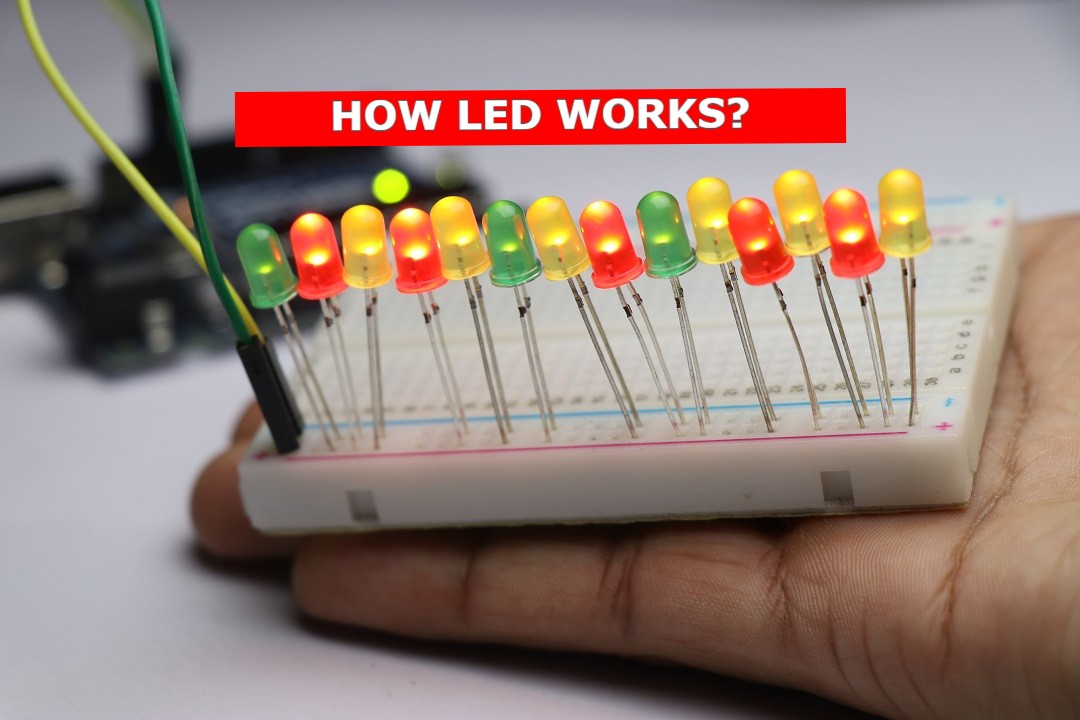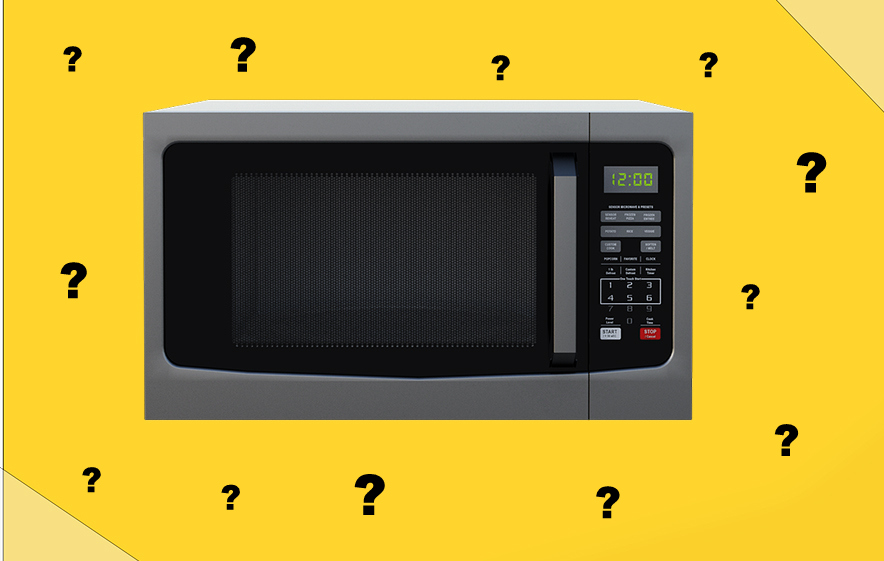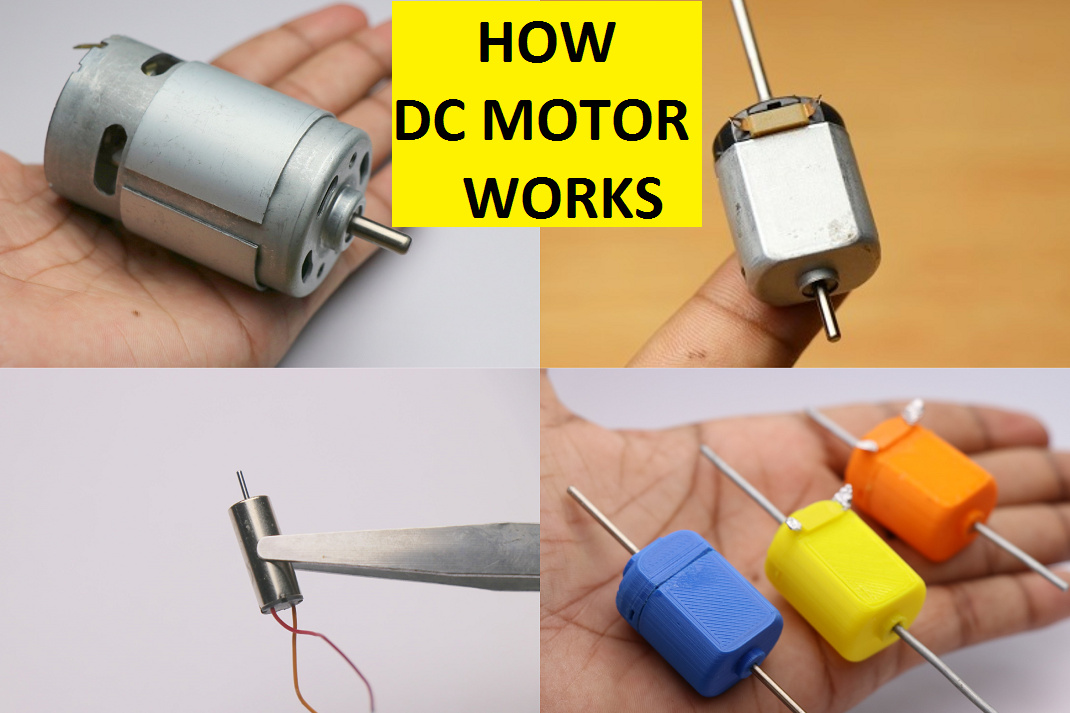How Does a LED Works

You must definitely know How Does a LED Works if you are electronics enthusiast or a hobby project maker.
We will go through its working in this article that will help you better understand how do led lights work.
In everyday life you might have seen it in electronics or in Christmas decoration lights.
Have you ever looked at these lights and though how do they work?
We have all your answers, kindly keep reading.
LED stands for light emitting diodes.
History behind Invention of LED
Before LED’s came into existence incandescent and fluorescent bulbs was in use.
Its a well known fact that Sir Thomas Alwa Edison was inventor of incandescent bulbs.
His bulb works when high energy (current) was pass through very thin tungsten filament, this filament would get so hot that it starts emitting light with high amounts of heat energy that was a waste.
The major drawback in incandescent type of bulb was it was very inefficient.
Only 5 to 8% of energy was convert to light form rest would dissipate as heat.
Due to this factor life of bulb was very much less.
Since major part of the energy was being use in the form of heat people had to think solution for this which lead to the invention of LED.
Unlike Incandescent bulbs Led’s don’t contain a filament that needs to be heat.
Hence the efficiency of led is very much high but also consuming very much less amount of energy.
How Does a led works
These have 2 terminals into which we supply power, One is anode and other being cathode which is link to 2 special type of semiconductors.
These semiconductors are seal in a epoxy resin which is made of plastic so that it remains safe from external sources.
So when power is given to these special type of semiconductors, Emission of light takes place and this process is known as electroluminescence.
From this entire process heat release is in very small quantity along with emission of very bright light.
Because of this factor average lifespan of leds is around 9 to 10 years, A good reason why they are very popular.
How does led light strips work
LED strip in short arrangement of led in a sequence to form a strip.
These come in single colors either the strip can be full of white or blue or may be in other colors.
They follow a parallel connection method in which led are place above copper plate pcb.
Hence wider the pcb it is easy to dissipate heat, thicker might lead to voltage drop.
Because of parallel connection they can be cut as per the length necessary for particular application.
How do rgb leds work
RGB or known as red green blue type of led strips has 3 colors embed on single LED.
These kind of led can display almost any color by combination of those 3 colors.
Here anode of red, green and blue is together but cathodes of respective colors are connect with resistors.
These type of leds emits light on different levels of power supply given to RGB diodes.
So a particular voltage drives specific color, to protect from overvoltage it is embed with resistor.
Type of rgb led strip
There are 2 kinds of RGB led strip one is Digital and other is analog.
The above said is of analog where as in digital each individual led from a strip can be control to display colors as per time.
These are more trending as they are fully customizable.
Basically a microcontroller is necessary to control motion of lights.
Digital led strips are known as addressable led strips or ARGB led strips.
How does addressable rgb work
Unlike analog LED strips addressable led or digital led strips has tiny microcontroller embedded to each diodes.
This microcontroller provides signal to each color on how do they perform.
Digital led strips has 3 terminals, GND, +5v supply and signal.
One important thing in this type of led is signal can only flow in direction of arrow as shown in strip.
Most popular version is WS2812B LED STRIP.
Widely use to make amazing projects like VU meter for music players, Music reactive lights, Ambient TV light, gaming computer and others.
These was all about How Does a LED Works and evolution of led lights, Much more interesting upgrades is yet to come soon.
You might also like our older article How the Microwave works


